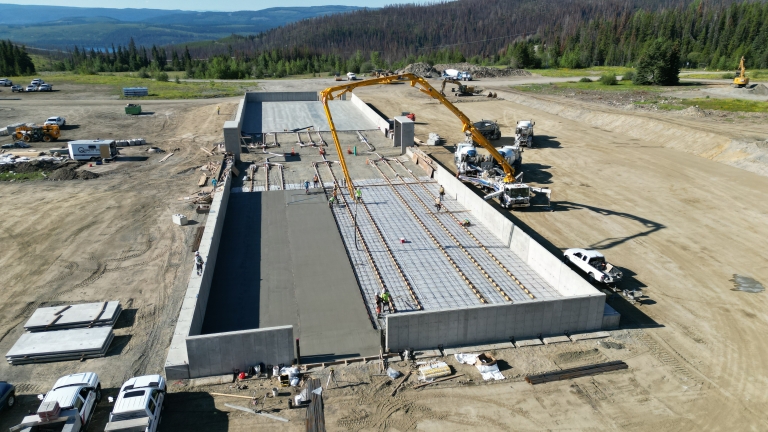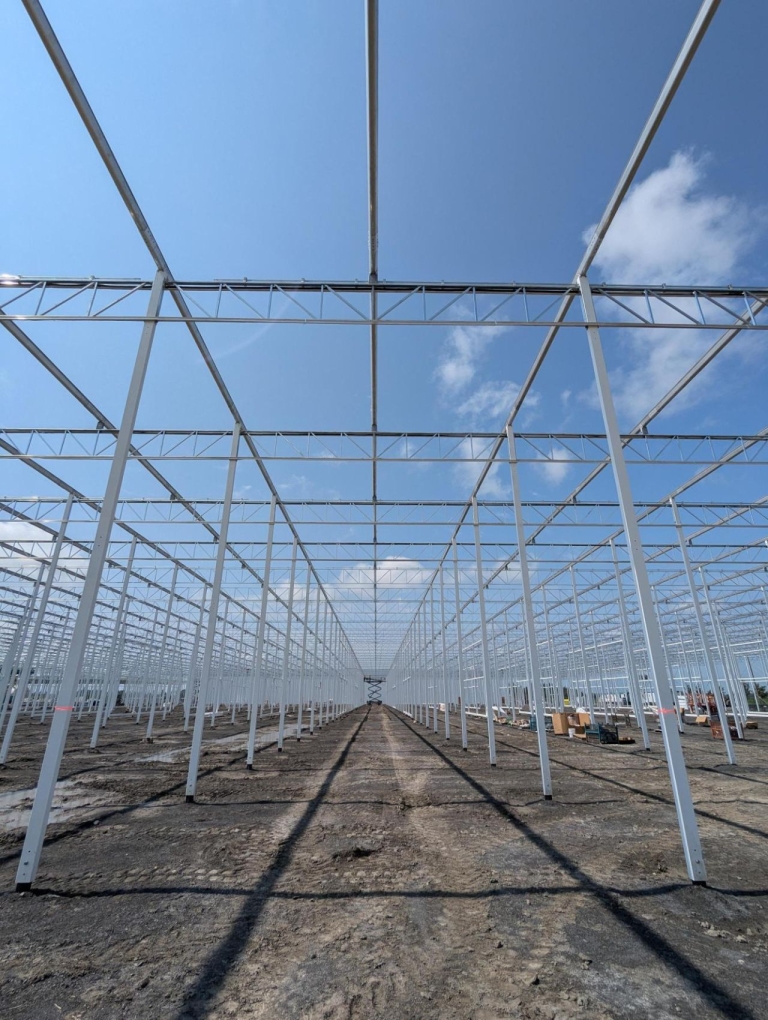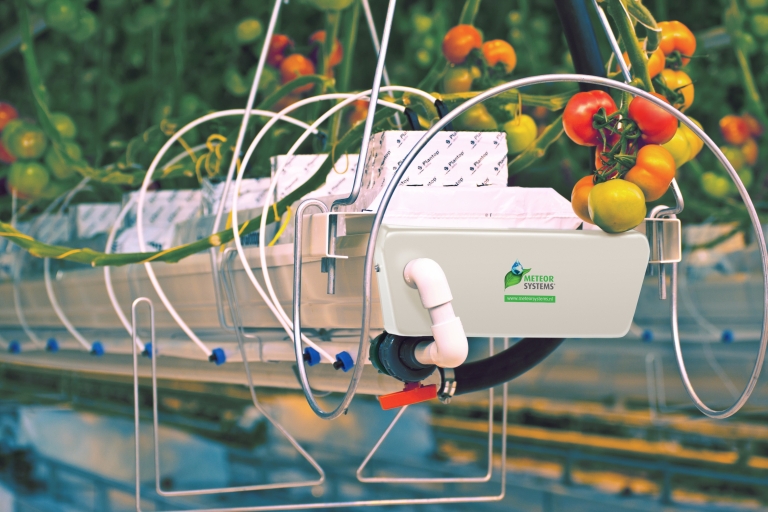Mainly, the greenhouse acts as a thermal buffer, maximizing the plant’s photosynthetic yield. As we explore further, we see how this phenomenon not only enhances day-to-day operations but also contributes to long-term sustainability and resilience against climatic uncertainties.
Advanced Climate Management
Beyond basic temperature and humidity regulation, the buffer effect plays a pivotal role in sophisticated climate management strategies. It allows for the gradual integration of advanced technologies such as automated climate control systems, which rely on the buffer’s stability to finely tune environmental parameters. This precision supports the cultivation of more sensitive or high-value crops that demand exacting conditions, broadening the scope of what can be reliably grown within the protected confines of a greenhouse.
Empowering Crop Health
The buffer effect also mediates biotic disturbance to the crops. Abrupt environmental shifts can trigger (negative) stress responses in plants, leading to stunted growth, lower yields, and increased susceptibility to disease. By moderating these shifts, the buffer effect helps maintain an equilibrium within the plant ecosystem, fostering a state of growth rather than survival. This not only improves yield quality and quantity but also reduces the need for chemical interventions, aligning with more organic farming practices.
Profitability and Environmental Impact
From an economic perspective, the buffer effect contributes to a more predictable and efficient production cycle. This predictability enables better planning and resource allocation, reducing waste and enhancing operational efficiency. Moreover, the energy savings associated with a more stable internal climate directly translate into lower carbon emissions, demonstrating a practical synergy between economic benefits and environmental stewardship.
Enhancing Resilience to Climate Change
Looking towards the future, the importance of the buffer effect is magnified by the challenges of climate change. As external environmental conditions become more volatile, the ability of greenhouses to maintain a stable internal environment becomes increasingly vital. The buffer effect thus emerges as a key component in the adaptation strategies of greenhouse systems, enhancing resilience to extreme weather events and shifting climate patterns.
Conclusion
In summary, the buffer effect is much more than a passive feature of greenhouse design; it is an active facilitator of advanced agricultural practices, environmental sustainability, and economic efficiency. As we continue to face the challenges of feeding a growing global population and adapting to a changing climate, the principles underlying the buffer effect will undoubtedly play a critical role in shaping the future of agriculture. By harnessing and enhancing this natural phenomenon, we can continue to push the boundaries of what is possible in commercial greenhouse operations, ensuring food security and environmental health for generations to come.


